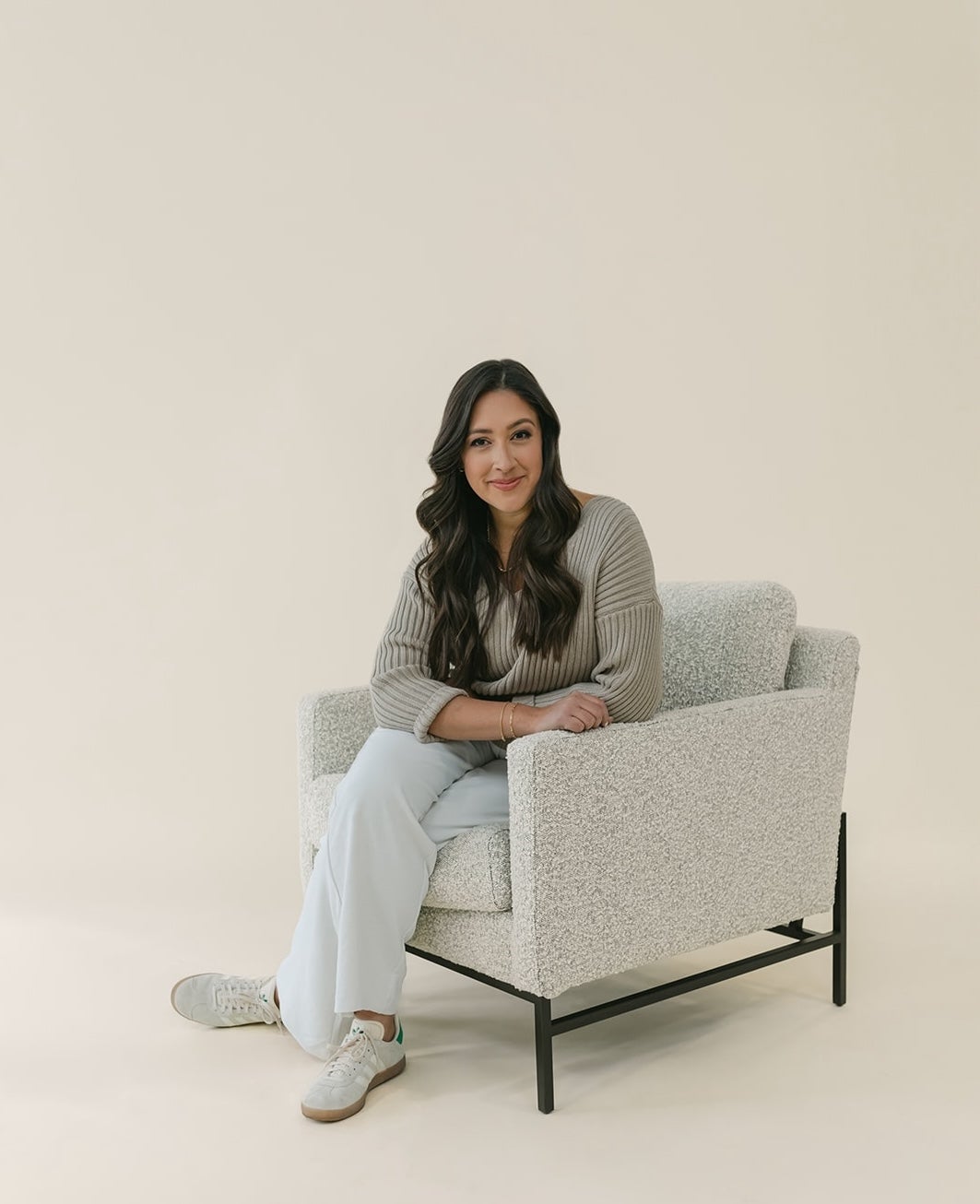The 50 States Project is a series of candid conversations with interior designers across the country about how they’ve built their businesses. This week, Clarkston, Michigan–based designer Steph Morris of North + Birch tells us the question she always asks herself before accepting a job, how her previous design jobs inspired her to set up a generous parental leave policy at her firm, and why she avoids taking clients in her neighborhood.
What made you decide to launch your firm?
I had worked for other design firms for about 10 years. When I had my first baby, who is now almost 9, I didn’t have any maternity leave benefits. I took that as the sign that it was time to take a little break, and I decided to step away from my job to stay home and be with him. I took about a year off, then did contract work for another designer, but the end goal was always business ownership for me.
Where did the initial clients come from?
I launched the business in 2017, and the first few clients were friends that were cheering me on. My very first project was for a friend who had moved into a loft in downtown Detroit, and then that space ended up in Apartment Therapy in 2019. That was really the kickoff for North + Birch.
Did you feel a difference after the project was published?
I think people took me a little bit more seriously—intake after that initial feature was pretty consistent. In those beginning years of my company, the goal was to always be home part-time with my kids, so the initial challenge was that the snowball was rolling down the mountain and getting bigger faster than I wanted it to.
How did you slow down that momentum? Was it just about asking people to wait?
You know, the portfolio pieces are really key as you’re building a firm, so I spent the first few years only accepting jobs that furthered my portfolio. If it was outside of those boundaries, I would respectfully pass on the opportunity.
What was your bandwidth back then?
I was doing four to five projects a year, and smaller scopes than what we work on now. When I started North + Birch, I had aspirations of doing projects part-time and working with great people. Then I got my first big renovation—a main floor renovation, the first one I had to do completely on my own. The clients found me on Instagram, but they ended up being right down the street from me. The project turned out beautifully, and it photographed really well. That felt like the official kickoff of, “OK, we’re really doing it.”
The company has really expanded into something beyond my wildest dreams, at this point. I always envisioned that big shift happening further down the road, but we’ve had some really great opportunities. We’ve got a small team, and we focus mainly on full-scale renovations and new builds.
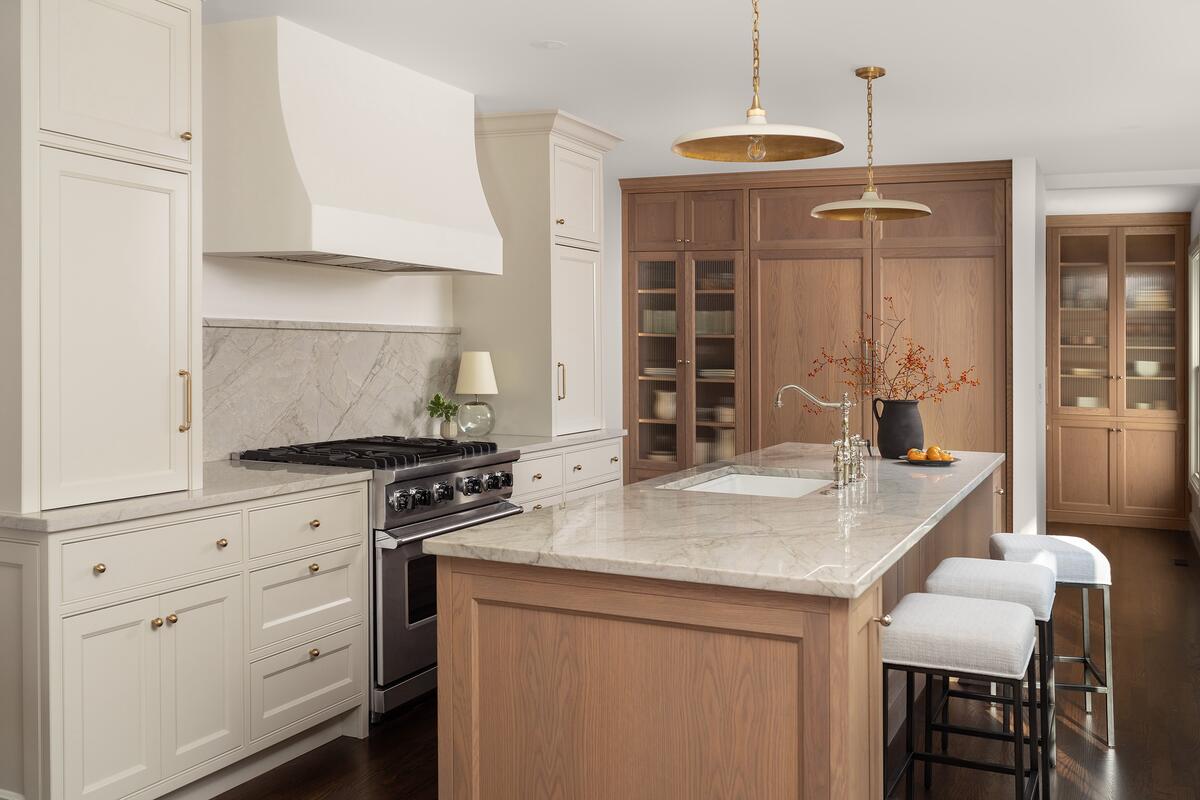
You said before that you only say yes to portfolio projects. Does that mean you are shooting every project?
I like to say to myself, “If we’re hitting all of our goals in three years, will I look back on this project and think that it helped get us there?” If the answer is yes, we definitely shoot those. We’re really into kitchen design, so we make sure to shoot all of our kitchens. We’re putting a little bit more effort into video as well, working with a photographer that can also film the styled space.
Is that content performing well for you online?
I think that it keeps us part of the conversation. If you had told me a few years ago that this would be necessary, I would have cried a little bit. But now that we’re here, we’re dealing with it.
When did you start hiring?
My first hire came on as a part-time assistant designer in the summer of 2020. Now she’s a full-time lead designer, taking the lead on a lot of our renovations. I’m there throughout the entire process to check in, and then we tweak and work on revisions behind the scenes.
How did having her take the lead change your role?
Clearing some of the day-to-day design work off my plate allows me the creative room to dream big and explore some concepts that maybe we haven’t used in projects yet. When I’m a little less overwhelmed, I can make sure that we’re always doing our best, which keeps my fire alive for design. I’m not in the nitty-gritty of drawing tile layouts or cabinetry spec sheets, so I’m able to focus on the concepts a little bit more.
Your other team member is a procurement coordinator, right?
Yes. She’s been with us part-time for over two years, and it has improved my life greatly. The pandemic caused a lot of headaches in the supply chain, and I don’t think it’s ever going to fully recover—damaged, missing and delayed product is just the new normal. Our procurement coordinator handles all of that, as well as scheduling with some of our subcontractors.
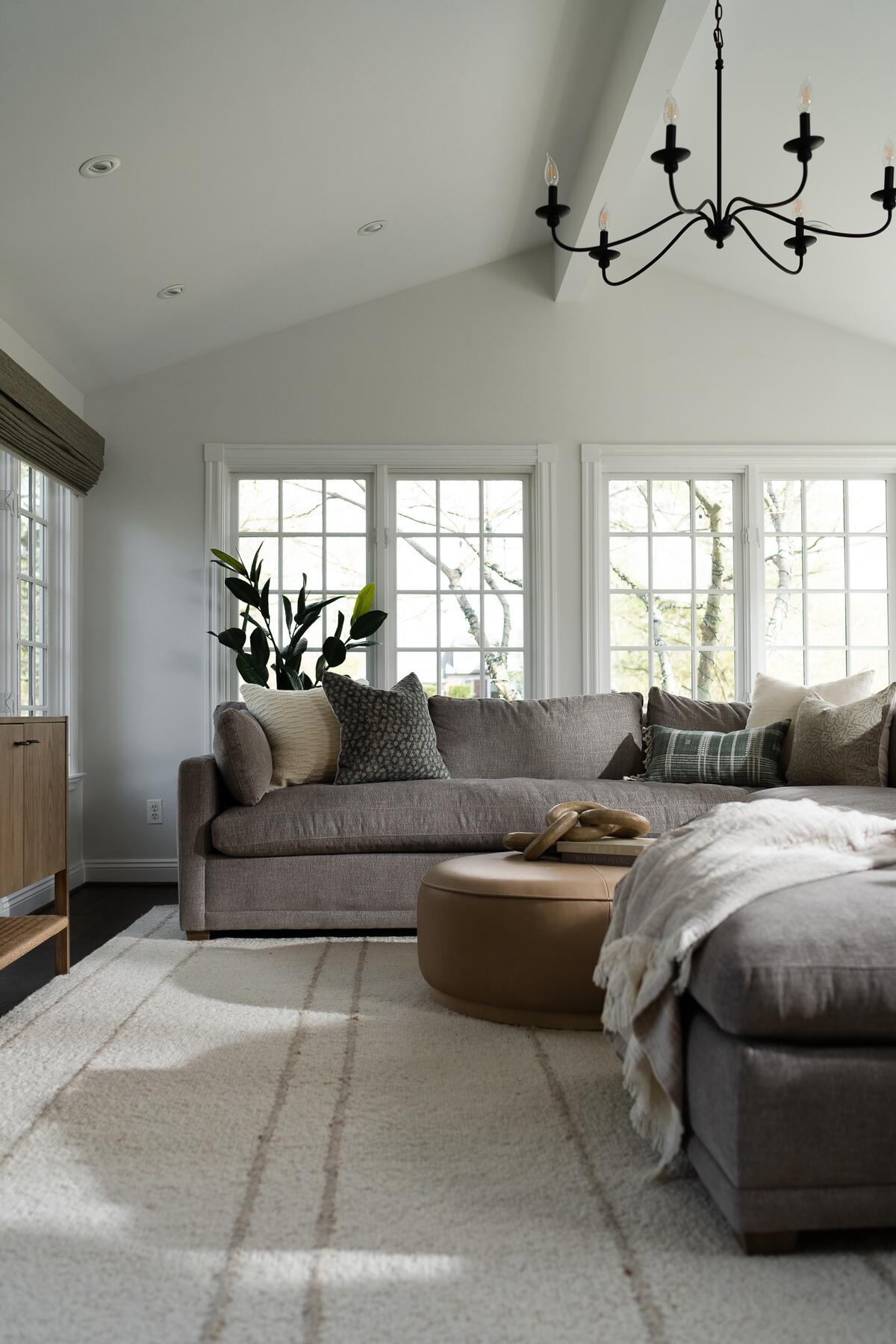
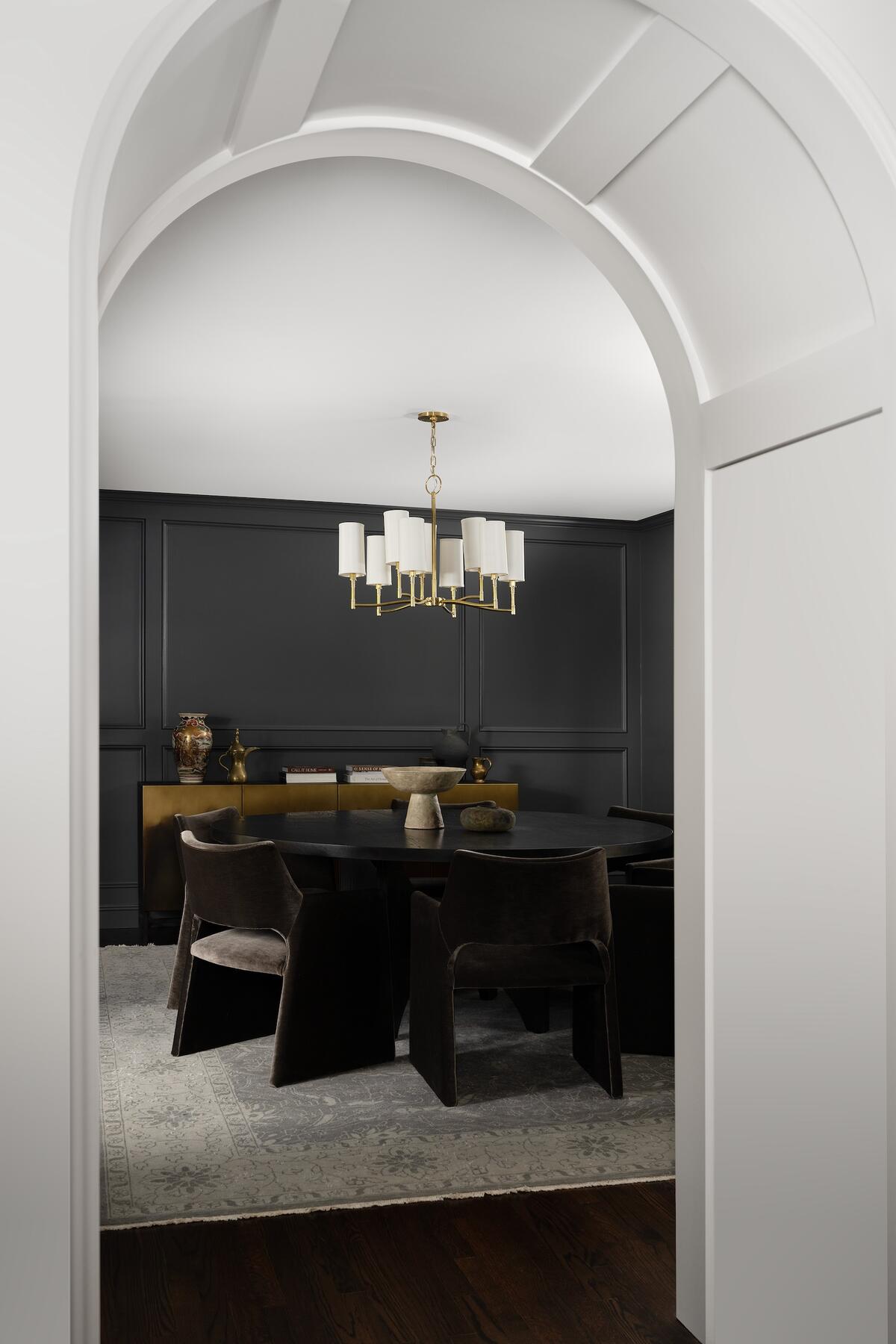
What does a full plate look like today?
We generally have about 12 projects at a time, and a decent amount in the pipeline that we will start as soon as we have a capacity to do so.
Have you found people are willing to wait?
The right people are willing to wait.
What does that conversation look like?
We ask, “How did you hear about us?” on our contact form, and hands-down the best leads are from Instagram. These are the people who have been following our journey for several years who have said, “When we move, or when we renovate, or when we build a house, we want to work with you.” So, when we respond that we’re booked for the next few months, but here’s what it takes to get on our waiting list,” they’re like: “Whatever it takes. We waited this long; we can wait a little bit longer.”
Those are the best kinds of clients, because we’re already past that first-date awkwardness by the time they reach out to us. In their minds, they’re [already] on the second date—they know that they want to see us again.
What does it require to get on your waitlist?
Basically just a retainer.
What makes you want to say yes to a job today?
The black-and-white part is timeline, budget and aesthetics. We also do a decent job weeding out any personality conflicts that we feel could impact the project. We do our first discovery call via Zoom, and if there are any red flags—or even if I feel like we’re not connecting—I have no problem saying, “I just don’t think we’re a good fit for each other.” I have lots of other design friends who must have thicker skin than me, or maybe we have a different tolerance level, but I am very careful about who I bring into the fold. Life is too short to work with clients who don’t want to be there, so that simple human connection is also at the forefront of whether or not we decide to submit a proposal for a job.
Can you tell me about where you are in Michigan and how your market informs the opportunities that come your way?
We’re about an hour north of Detroit, and we do a lot of work in a couple of [the city’s] very specific surrounding suburbs: the Birmingham-Bloomfield area, which has a lot of great historic architecture, and the Rochester-Oakland Township area. Those houses all kind of look the same—1990s homes with honey oak and Tuscan undertones, weird kitchen layouts and 19 fireplaces. When a client from that area brings a project to us, I can look at the pictures and tell you exactly where it is.
Our studio is in a pretty small town, which is where I live, but we don’t do a ton of work in our immediate area—I don’t want to be at Kroger in my pajamas and see clients, you know?
So, you’re not taking hyperlocal projects, to create that separation?
Yes, so far it’s by choice. That said, we are moving into a studio and showroom on the main street in our downtown, so I think I will have to figure out how this is going to look in the future.
What resources are available locally?
We source furnishings from the trade companies we have worked with for years—the whole team went to High Point Market this spring—so we don’t buy a whole lot of retail. We always have our eyes and ears open at antique stores and estate sales, and we’ll pick up odds and ends there for styling, art and decor.
There are a lot of great artists in southeastern Michigan that we’ll work with on commission too. For that last layer of the design process, it means a lot to us if we can get some local work in there. We also partner with a local carpenter who makes most of our dining tables.
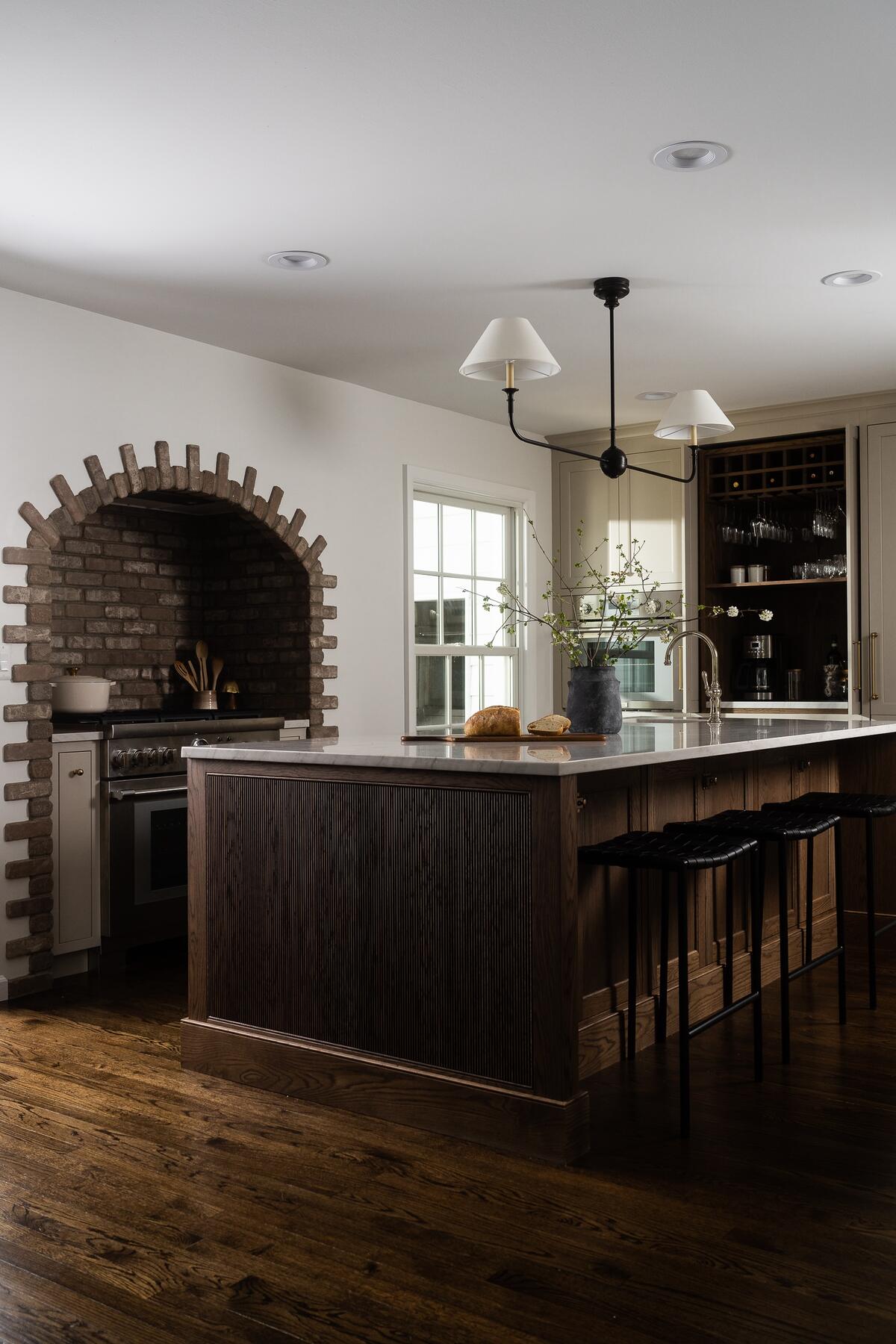
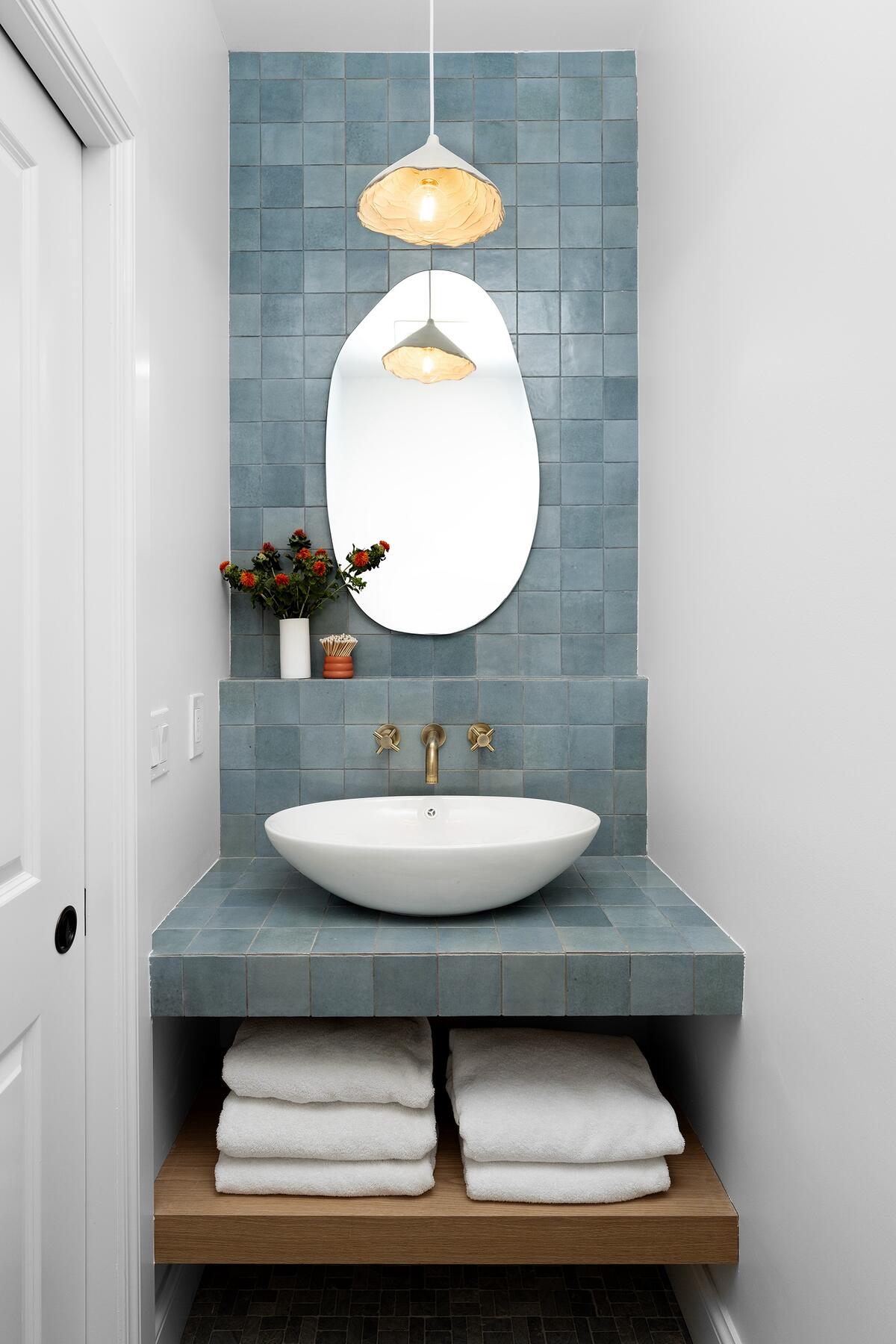
How did you approach billing for the firm’s work?
We bill hourly. It’s really the only thing that protects us: We estimate the hours upfront so the client has a clear picture of what to expect, and then we bill every month according to the hours we worked. We’re very clear with them that our design hours will ebb and flow based on where we’re at in the process—that it’s heavy in the beginning, and then we pass the torch to the construction team. It might quiet down a little bit while they’re doing the mechanical, electrical and plumbing, and then it will pick back up again as we start to layer in the design components.
We put together a document to show them what our design team handles, and establish an overall percentage to let them know that design could be 6 to 8 percent of the total project costs, and architecture fees could be another 8 percent. We partner with a local builder quite often—a lot of our jobs are referrals from that team—and they do a great job of preparing the client to spend that much on design. There are a lot of projects they won’t do without the designer, so they’ve often already prepared the client for the necessity of the design team.
What is the biggest challenge for your business as you look ahead?
I think it’s just growth and scaling. We have opportunities, and it’s just a matter of deciding whether or not to spread ourselves thin to take on more jobs. Do we add to the team so we can take on more jobs, or do we stay small?
Right now we have a studio, but it’s not client-facing—it’s a place for our team to work and where our sample library is located. We’ll meet with subcontractors and vendors there, but not clients. We’re moving into a new space in our small downtown that will have a showroom and more of a public presence. I know that will bring a whole new series of hurdles—positive and potentially negative ones that we’re going to have to figure out how to navigate.
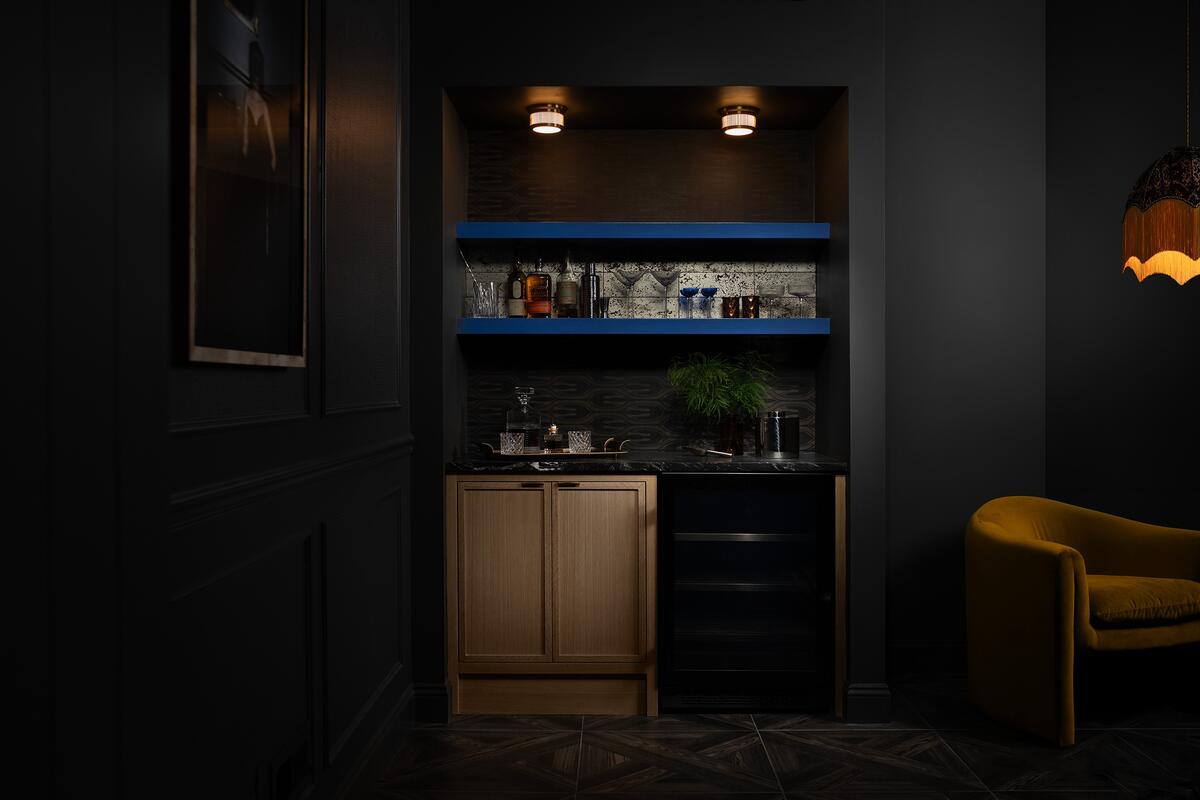
Not having employer support—namely a maternity policy—is part of what pushed you to go out on your own. How did that shape your thinking about culture as you started hiring?
Both of my team members had babies at the same time last year, so I can tell you all about maternity leave! I mean, I basically offered them what I had wanted. There was never maternity leave at any job I was ever at—design firms are often pretty small, so you’re not protected by policies like FMLA [Family and Medical Leave Act]. But I really wanted to give them the opportunity and the flexibility when it comes to growing their families that I wish I’d had when I was growing mine.
So, they both took maternity leave—the part-time employee was partly compensated, and my full-time employee had almost full-time compensation for almost the entire time, then went down to 50 percent pay for the last couple weeks. Now she only works four days a week, but she’s at her full-time pay. It’s her first baby, and she knows she’s not going to get that time back, and I completely respect that.
When you’re hiring somebody who is young, and you know they want to have a family, the smart thing to do is to be financially prepared for it. For me to put blinders on to the team’s life circumstances, which are exponentially more important than work on any given day, would not be responsible; instead, I knew I wanted to offer maternity leave, and I prepared behind the scenes going into that phase.
How else are you preparing for the future with that sort of mindset?
I’m pretty risk averse when it comes to business finances. I work with an accounting firm virtually, and I’ve asked them all kinds of questions about what they suggest for a cash reserve and savings. They said their most cautious clients run with four-and-a-half months of reserves.
What does success look like for you?
Success is defined by a lot of things that are well outside the interior design world. It’s healthy boundaries, work-life balance, making sure I’m present when I’m home. It’s also the realization that my passion is paying the bills—that I get to do what I love on a day-to-day basis. I know there are a lot of people out there who don’t feel fulfilled by their career, and I am so grateful every day that I’m doing exactly what I’ve always dreamed of.
To learn more about Steph Morris and North + Birch, visit her website or find her on Instagram.
















